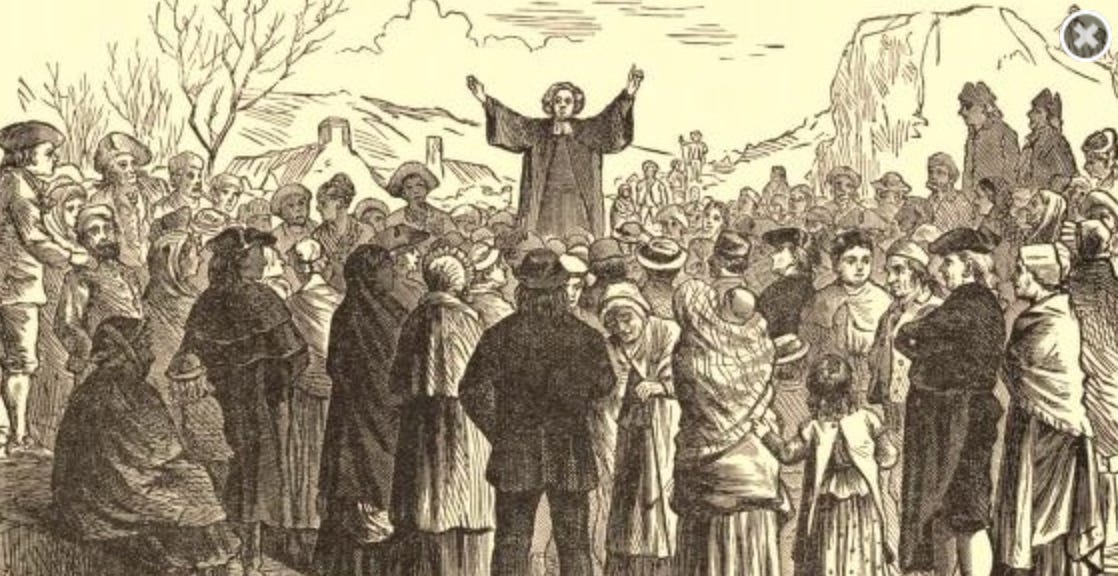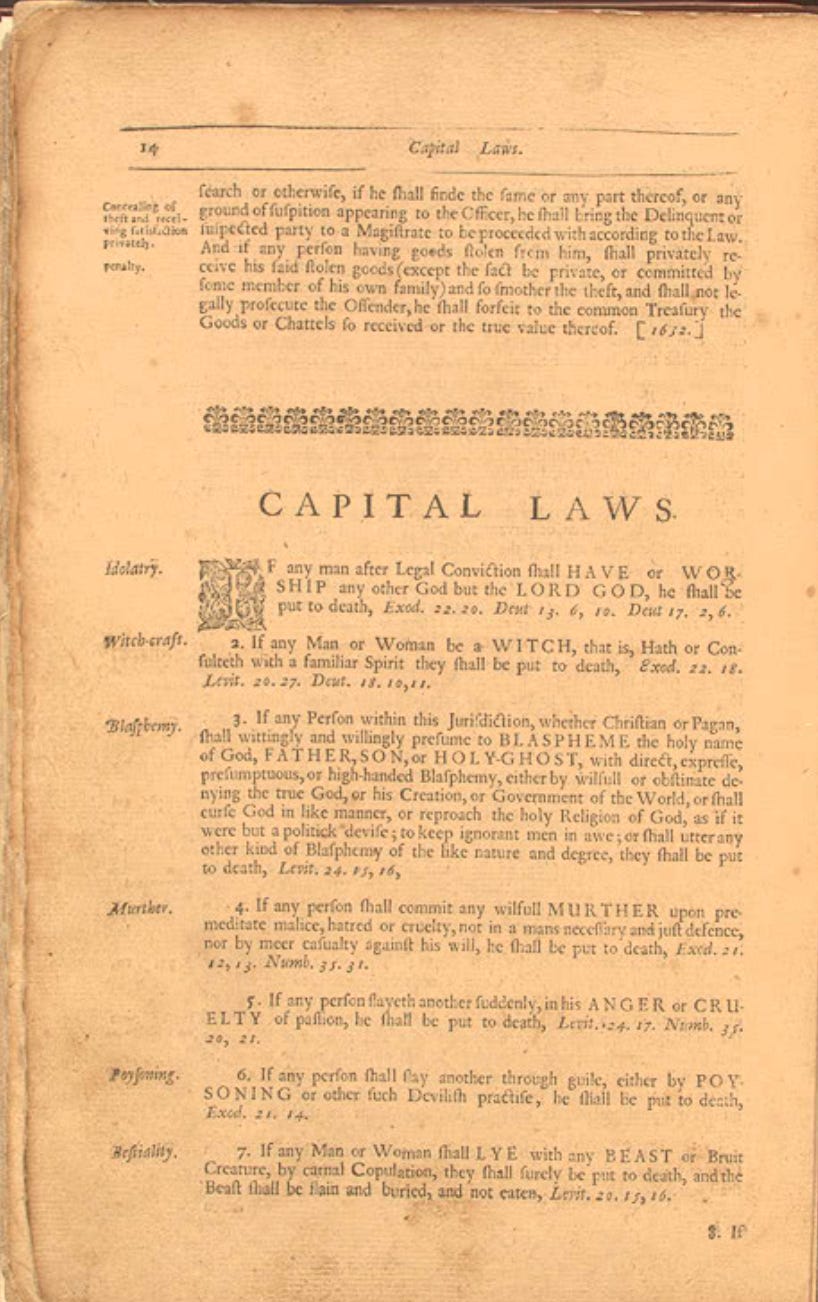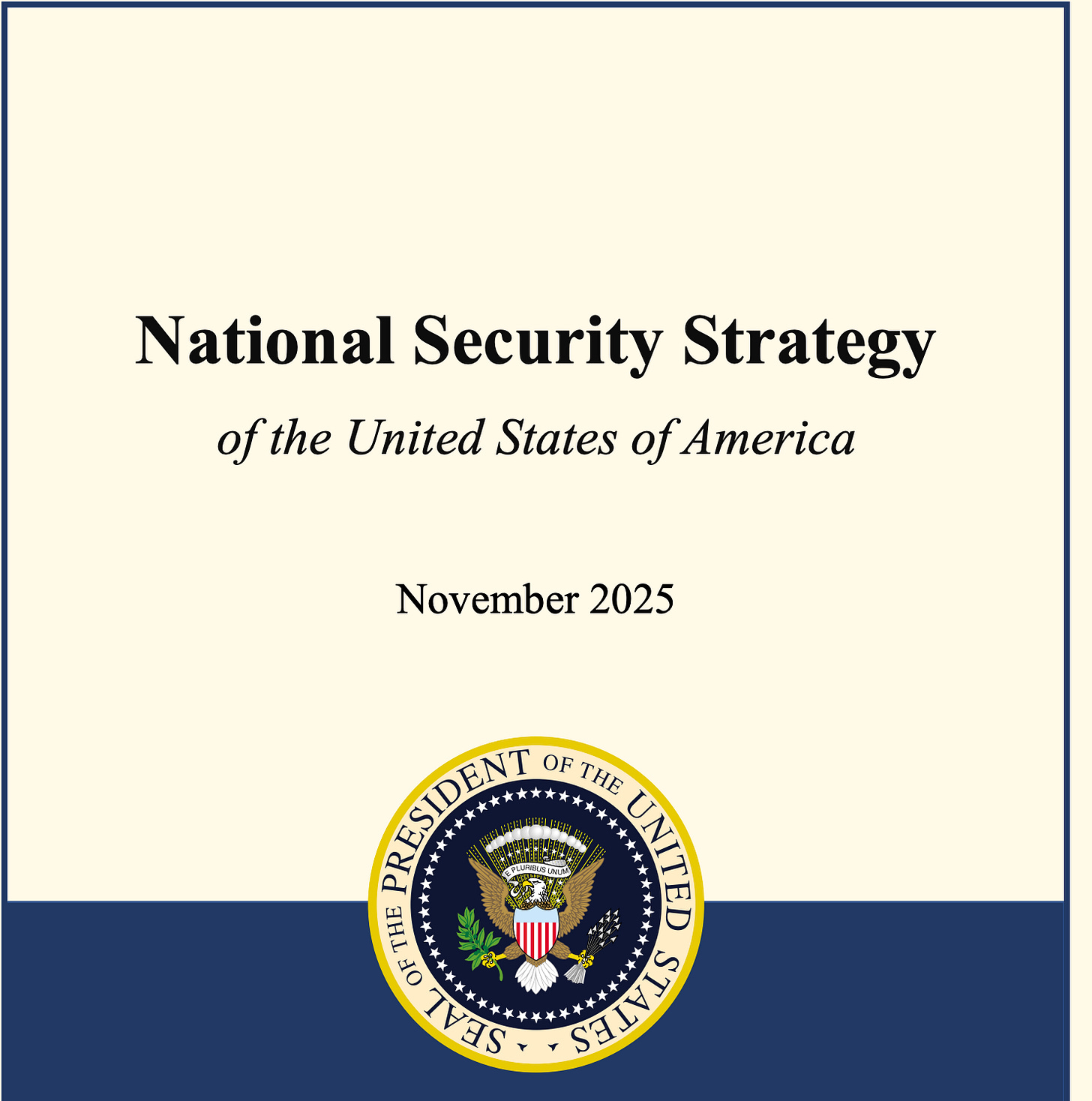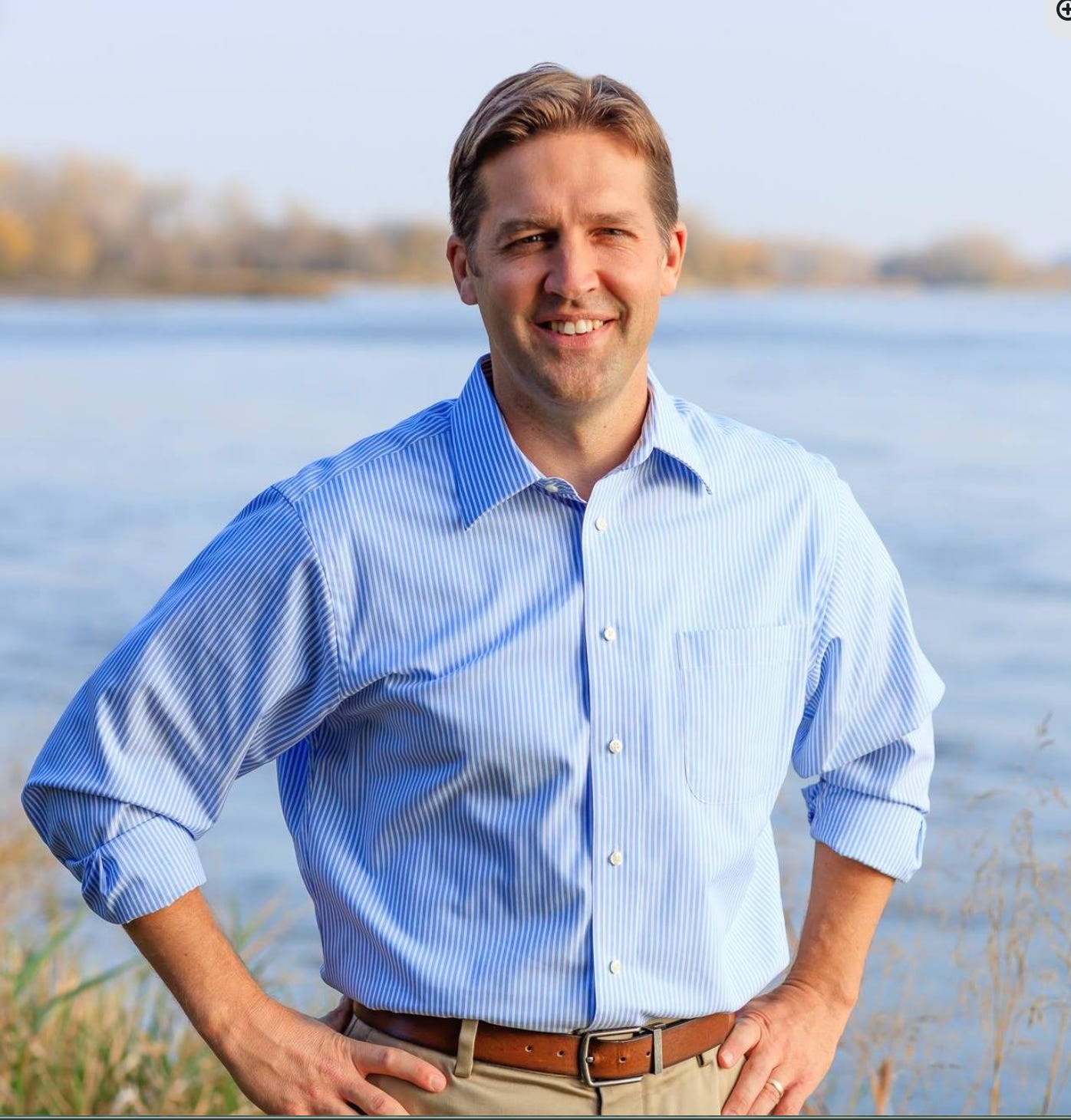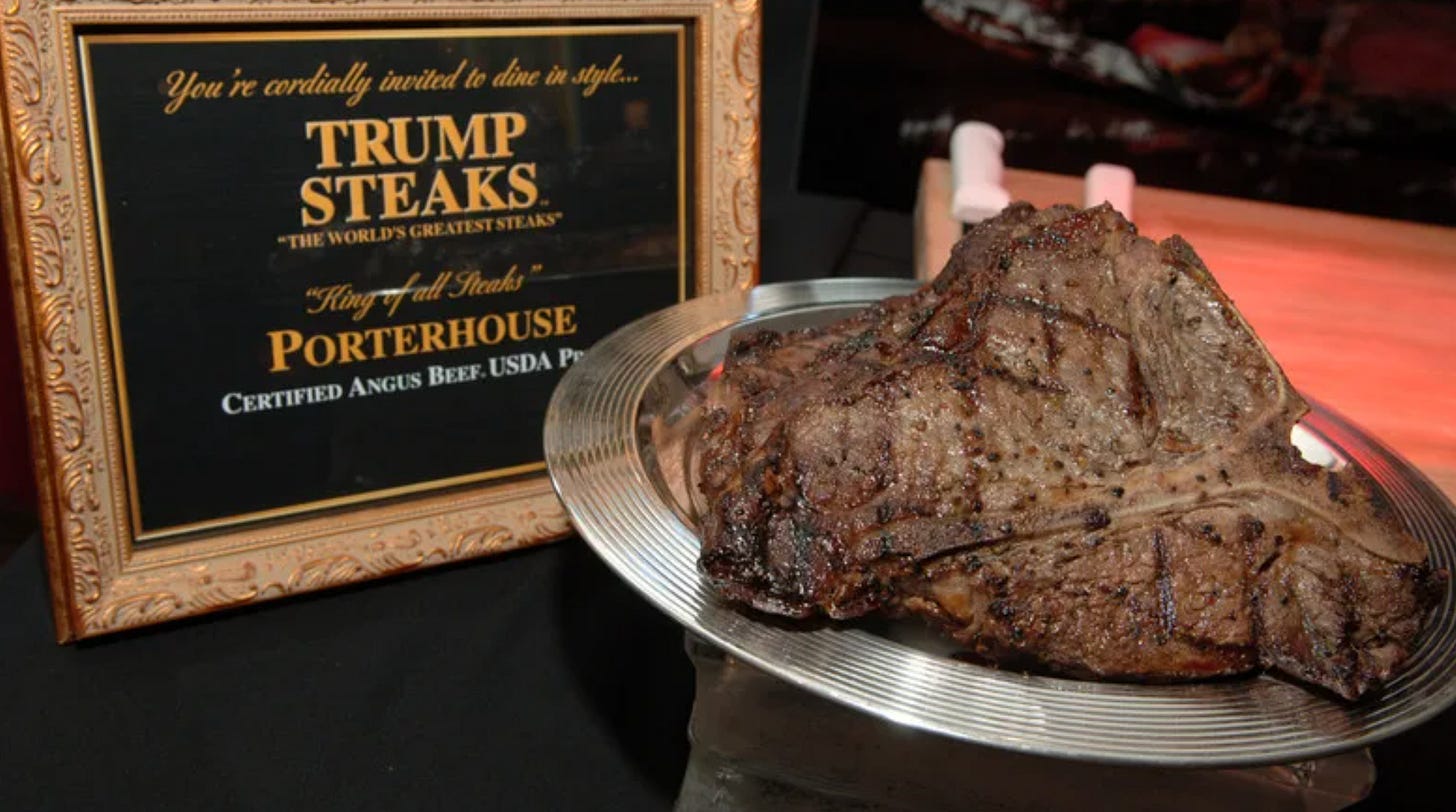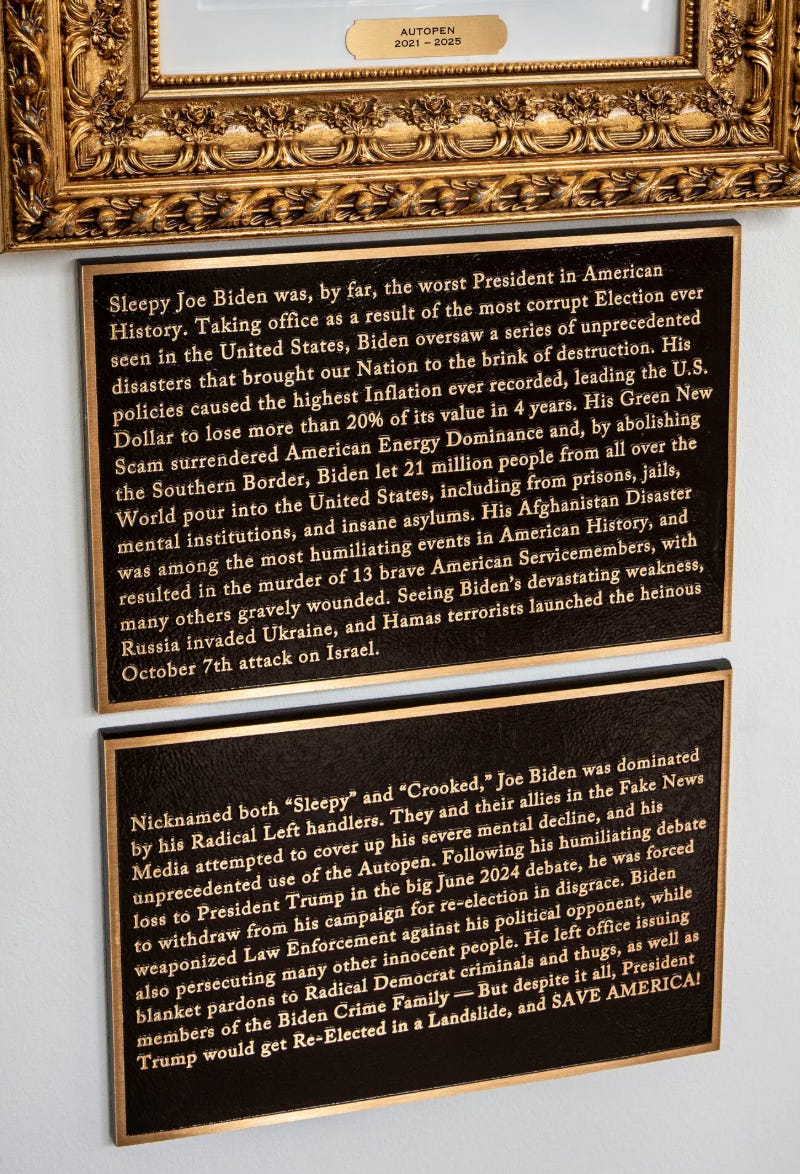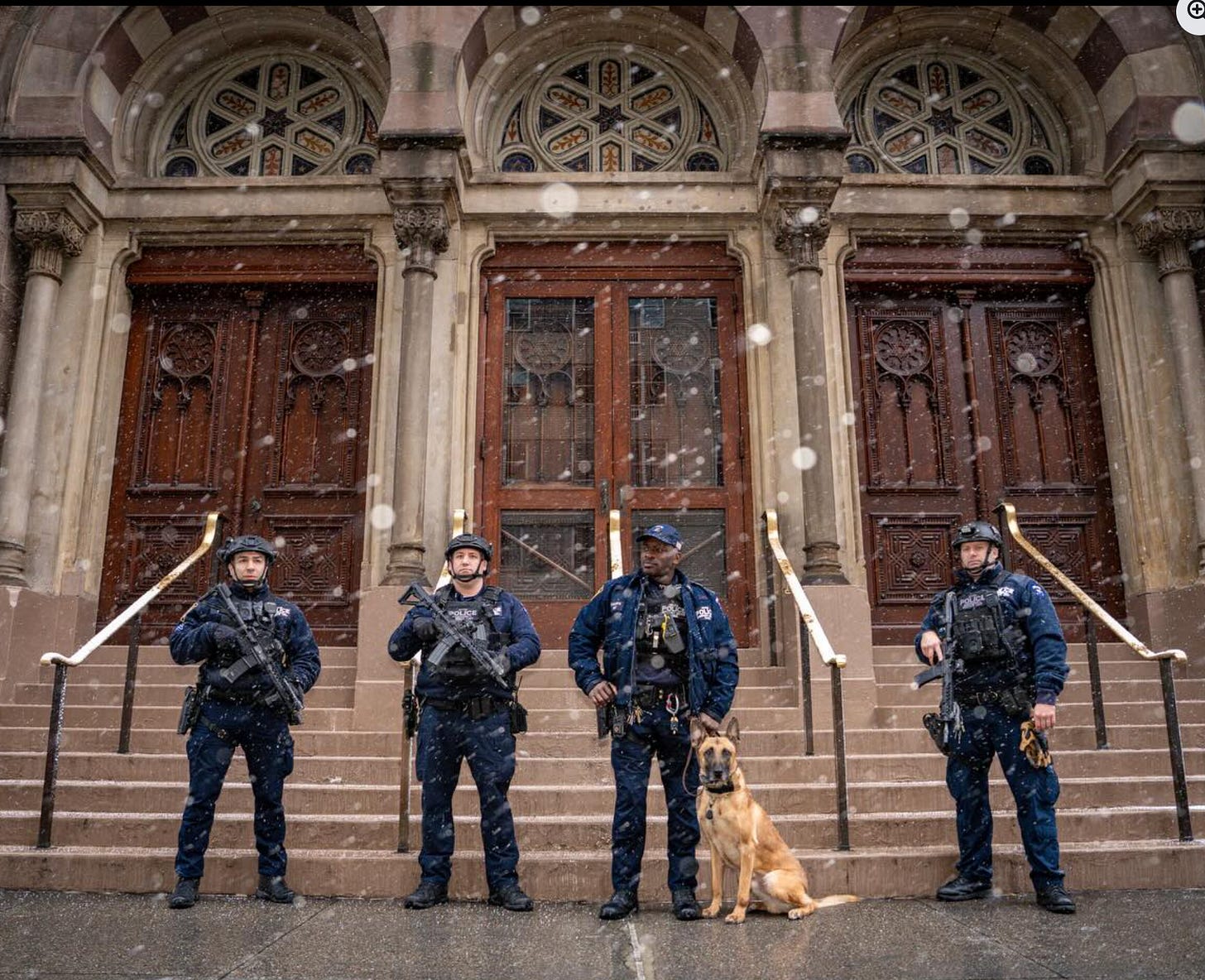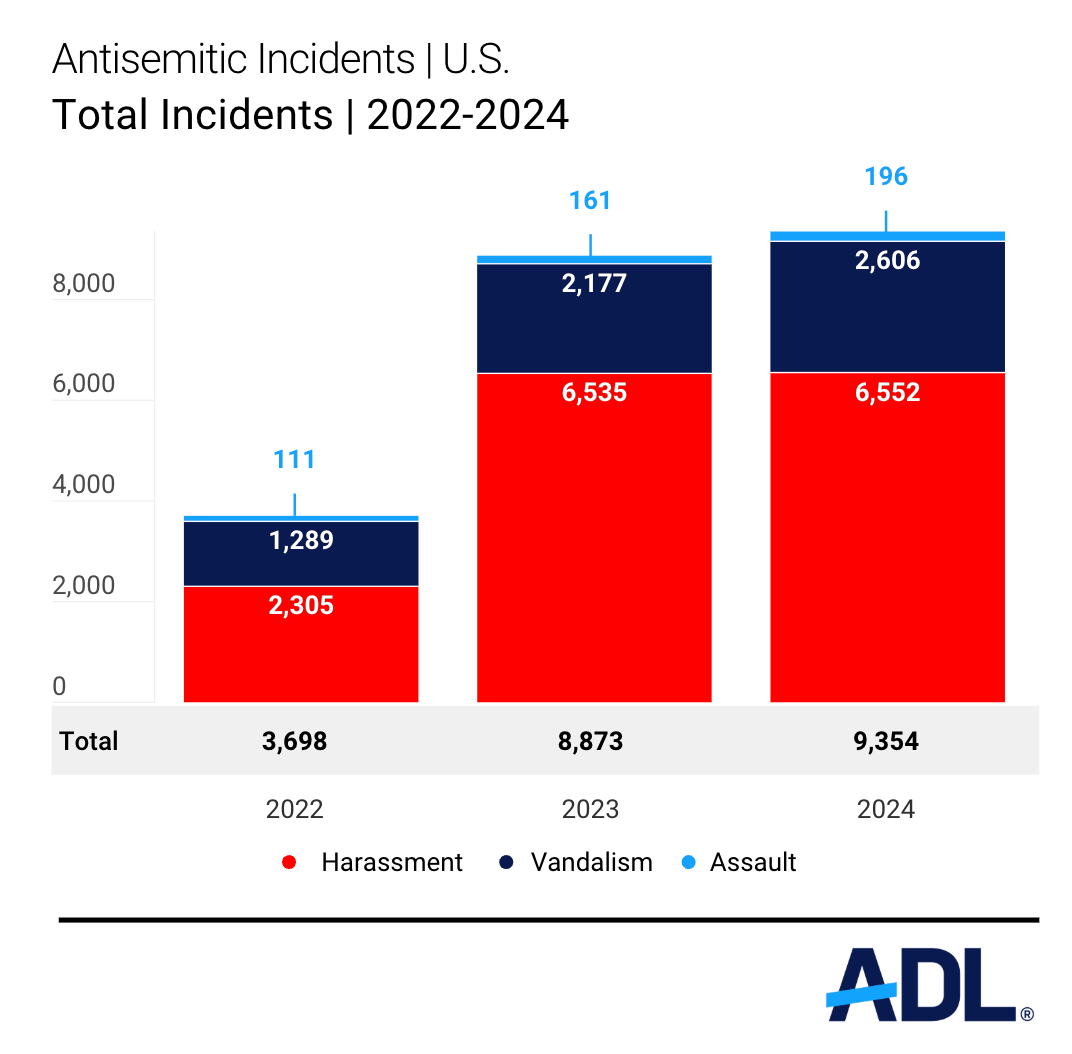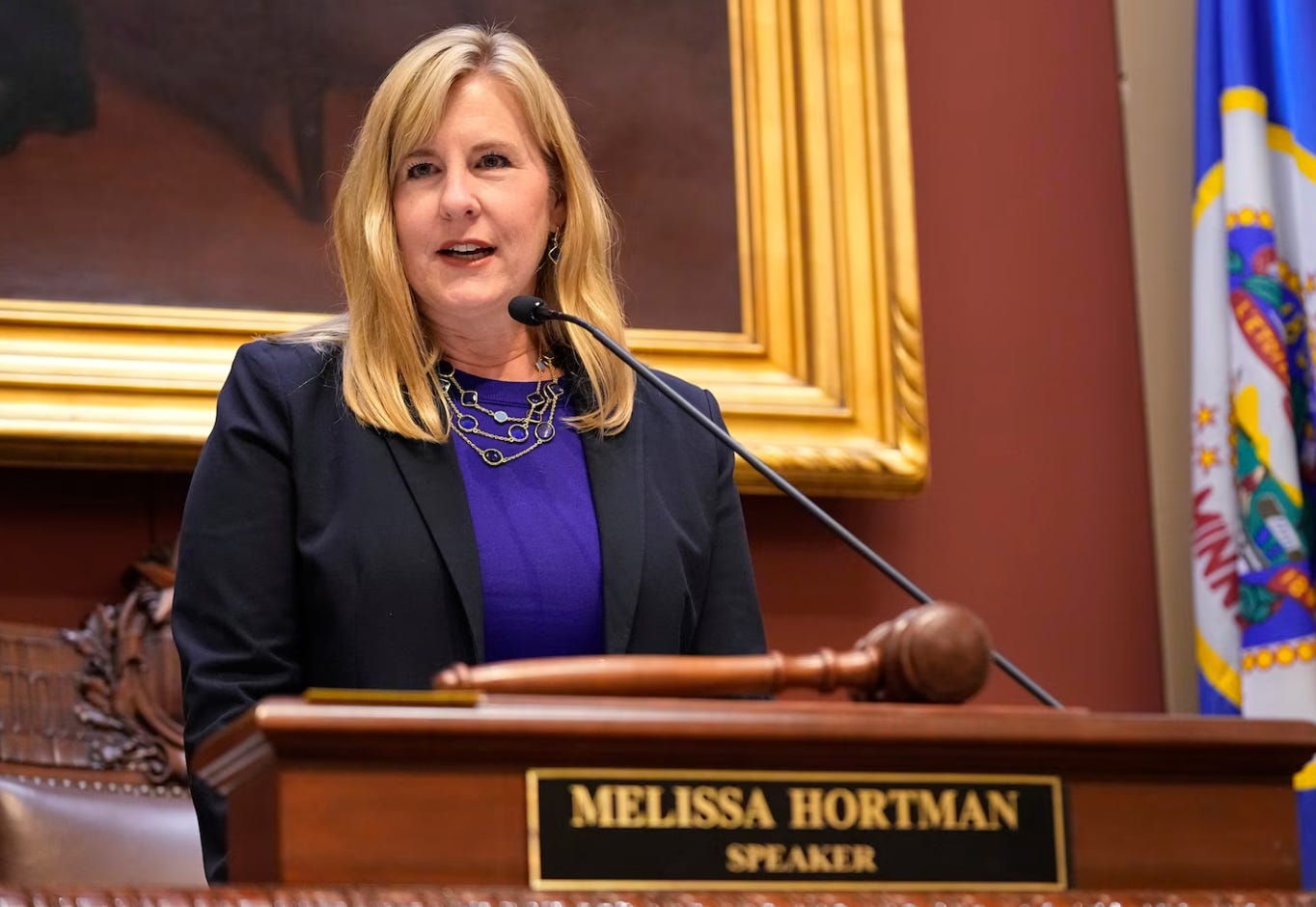Or are there just asses misusing it?
Jan 17, 202

Charles Dickens had little use for the law. His “Bleak House” focused on an endless court case that deprived a family of an inheritance. And in “Oliver Twist” the writer gives us the cruel and pompous beadle of a poorhouse, Mr. Bumble, who memorably – if ungrammatically — says: “… the law is a ass—an idiot.”
Justice? That’s pretty much impossible in Dickens’s world.
It was a bit different for Roy Cohn, the notorious disbarred lawyer who was Donald J. Trump’s first legal muse. Justice and truth were irrelevant for him. Cohn taught Trump to use the legal system as a weapon, not a means for recourse, as the publishers Berrett-Koehler report. Lawsuits, the long-dead Cohn held, were instruments of intimidate, designed to punish, harass and silence.
And now, in the hands of Trump, the U.S. Justice Department seems like an even more powerful tool for such aims. But is it? Some of the pushback to Trump’s lawfare gives us all reason for hope.
Consider Exhibit A, the subpoenas issued for Minnesota Gov. Tim Walz and Minneapolis Mayor Jacob Frey. As The Washington Post reports, the DoJ is investigating whether the two Democrats are impeding federal law enforcement officers’ abilities to do their jobs. “The subpoenas suggest that the Justice Department is examining whether Walz’s and Frey’s public statements disparaging the surge of officers and federal actions have amounted to criminal interference in law enforcement work,” the paper reports.
Of course, there’s no doubt that Walz and Frey and much of the citizenry of Minneapolis want the nearly 3,000 federal immigration officers out. “Get the f**k out of Minneapolis,” Frey memorably said after agent Jonathan D. Ross shot Renee Nicole Macklin Good to death. For his part, Walz called on Trump and Homeland Security Secretary Kristi Noem to “end this occupation.”
Walz went further. The governor urged Minnesotans to “protest loudly, urgently, but also peacefully…. If you see these ICE agents in your neighborhood, take out that phone and hit record … Help us create a database of the atrocities against Minnesotans, not just to establish a record for posterity, but to bank evidence for future prosecution.”
Even as Trump’s Justice Department minions try to bludgeon the two leaders legally, however, Minnesota (like Illinois) and Minneapolis and St. Paul have sued to drive ICE out. Those suits seem to be uphill efforts, but as the case proceeds federal Judge Katherine Menendez hearteningly ordered the agents to stop pepper spraying, detaining and pulling over peaceful protesters.

Recognizing their free-speech rights, her temporary injunction prohibits “retaliating against persons who are engaging in peaceful and unobstructive protest activity, including observing the activities of Operation Metro Surge,” as NBC News reported.
Despite the Trumpian perversions, the law still can be used to pursue justice – but it requires people of goodwill and sound conscience to see to that.
Take a look at Exhibit B. Trump’s lackeys atop the Justice Department have pushed to investigate the murdered driver, Good, not her assailant. That led six principled federal prosecutors in Minnesota to quit, along with four leaders of DoJ’s civil rights division, which investigates the use of force by police officers. Those lawyers apparently were revolted by the decision by a Trumpy assistant attorney general for civil rights to not investigate the killing of Good.
In this case, as in others, is it the law that is the ass here or are there just asses manipulating it?
Of course, we should consider Exhibit C, Trump’s on-again off-again threat to send the U.S. military into Minneapolis under the Insurrection Act. “If the corrupt politicians of Minnesota don’t obey the law and stop the professional agitators and insurrectionists from attacking the Patriots of I.C.E., who are only trying to do their job, I will institute the INSURRECTION ACT, which many Presidents have done before me, and quickly put an end to the travesty that is taking place in that once great State,” Trump wrote in a Jan. 15 social media post.
The night before, one of Trump’s toadies, Deputy Attorney General Todd Blanche, said Walz and Frey needed to be stopped from their “terrorism.”
“Minnesota insurrection is a direct result of a FAILED governor and a TERRIBLE mayor encouraging violence against law enforcement. It’s disgusting,” the Trump lapdog, Blanche, posted on X. “Walz and Frey — I’m focused on stopping YOU from your terrorism by whatever means necessary. This is not a threat. It’s a promise.”
It would appear that Blanche is Trump’s latter-day Cohn.
But Trump walked back his Insurrection Act threat after a few Republican senators dissuaded him. “I have felt that since the fatal shooting [of Good] a week or so ago that we needed to be very, very careful, very cautious in how we proceed, not only in Minnesota but in other areas, to keep the conflict — the potential for conflict as it relates to ICE enforcement — dialed back,” Sen. Lisa Murkowski of Alaska told The Hill. “I’ve said several times that this feels like a climate that we went through during the time of George Floyd,.”
It’s too early, though, to count out Trump’s misuse of the military. Flush with the Pentagon’s success in Venezuela, the president surely will be tempted to turn its guns on American citizens who offend or defy him, much as Nicolás Maduro did. Defiance seems to stir Trump more than anything.
That leads us to Exhibit D, the absurd investigations into Sen. Mark Kelly and other lawmakers who counseled soldiers that they can refuse illegal orders. Three House Democrats and two senators are under the gun there. Rep. Jason Crow, a former Army Ranger, said Trump is “using his political cronies in the Department of Justice to continue to threaten and intimidate us.”
“But he’s picked the wrong people,” the Colorado congressman said in a video post on X. “We took an oath to the Constitution, a lifetime oath when we joined the military and again as members of Congress. We are not going to back away. Our job, our duty is to make sure that the law is followed. We will not be threatened, we will not be intimidated, we will not be silenced.”

For his part, Kelly has sued Defense Secretary Pete Hegseth challenging the Department of Defense’s decision to formally censure him and move to reduce his retired military rank and pension. Kelly is a retired Navy captain and a potential 2028 presidential candidate whose stature likely has been helped by Hegseth’s assault on him.
For all the efforts by Trump and his acolytes to bend the law to their purposes, conscientious judges like Minneapolis’s Menendez have served as a bulwark against the overreaches. More than 300 federal judges, including appointees of every president since Ronald Reagan, have rebuffed Trump’s efforts to expand a so-called “mandatory detention” policy, POLITICO reported. Those judges have ordered immigrants’ release or the opportunity for bond hearings in more than 1,600 cases.
And dozens more have ordered the administration to release immigrants yanked off the street without due process or held for prolonged periods even though no country has agreed to accept them, the outlet reported.
Some judges who have stood in Trump’s way have done so at great personal risk. Reuters reported last May that the families of at least 11 federal judges have faced threats of violence or harassment after they ruled against Trump actions. Reuters identified more than 600 posts on social media and right-leaning message boards targeting family members of such judges.
“Hey you f**k I hope some terrorist kills you and your family,” one grammatically challenged email sent to a federal judge said. “Just because your a judge doesn’t give you immortality.”
Examples abound of so-called lawfare or abuses of the legal system by Trump and his allies – and, encouragingly, they often rebound against the administration.
The launch of a criminal investigation of Federal Reserve Chair Jerome Powell spurred Republican leaders to defend the Fed’s independence, for instance. Wrongfully deported immigrant Kilmar Armando Abrego Garcia’s court victories have been a continuing embarrassment for Trump and his minions. And an assistant U.S. Attorney apologized in court for the deportation of 19-year-old Babson College freshman Any Lucia Lopez Belloza, saying an ICE agent had mistakenly flouted a court order keeping her in the U.S.
As any lawyer will admit, though, courts are often flawed vehicles for pursuing fairness.
Novelist Raymond Chandler went even further in “The Long Goodbye.” His character, lawyer Sewell Endicott, argues: “The law isn’t justice. It’s a very imperfect mechanism. If you press exactly the right buttons and are also lucky, justice may show up in the answer. A mechanism is all the law was ever intended to be.”
Sadly, such cynicism is mirrored by Blanche, Cohn and Trump. To their credit — and at their peril, but to society’s gain — plenty of judges and litigants are pushing back on the abuses, however. May they prevail and serve us all.







